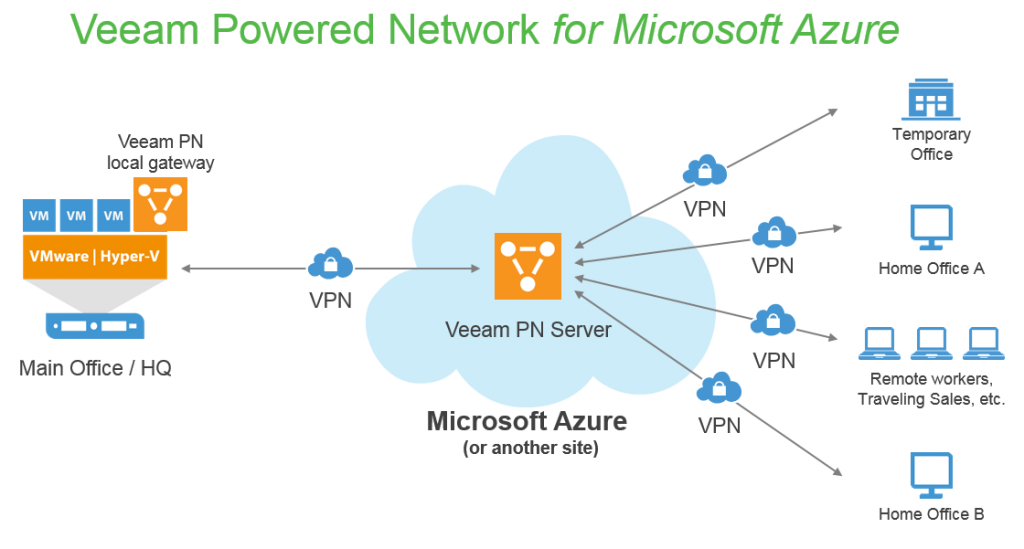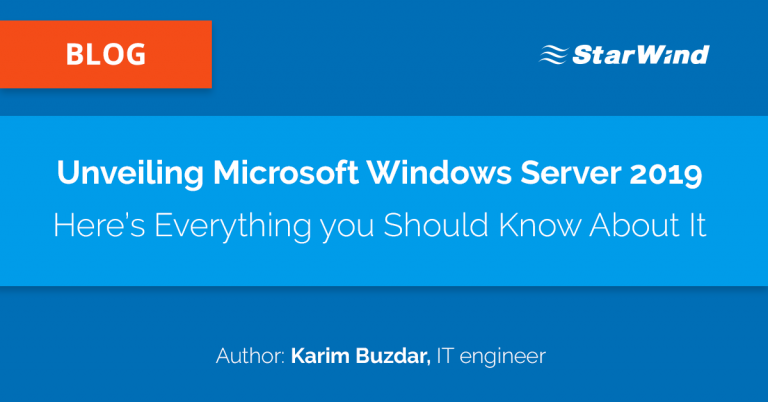
For generations, NFS has been viewed either as a corporate file server (Surprise! Credit goes to NetApp for sure!) or just as an easy way to land users’ files from any Windows, MacOS X or UNIX / Linux box right on a remote server using Ethernet connectivity. However, starting with NFS v3 the protocol itself can do much more than that!
Thanks to its more than recent performance, elegant access management and individual file locking abilities, now we can use NFS as a shared storage for whatever hypervisor we want (Well, except Microsoft Hyper-V of course, but that’s another story to tell…), be it Linux-based KVM or proprietary ESXi at all. Since 2003 or so Microsoft was kind enough to include NFS server into standard Windows Server distribution free of charge.
While it’s definitely not the best NFS server implementation on Earth, sometimes it comes handy when you already have Windows Server up & running and don’t want (or don’t have time…) to provide any new FreeBSD or Linux installation “from scratch”: within your existing Windows enabling NFS server is as easy as just ticking the checkbox!
Read the full article written by Ivan Ischenko a Technical Support Engineer here at StarWind to learn how to run VMware vSphere & ESXi VMs right from the Windows provided NFS share.


















